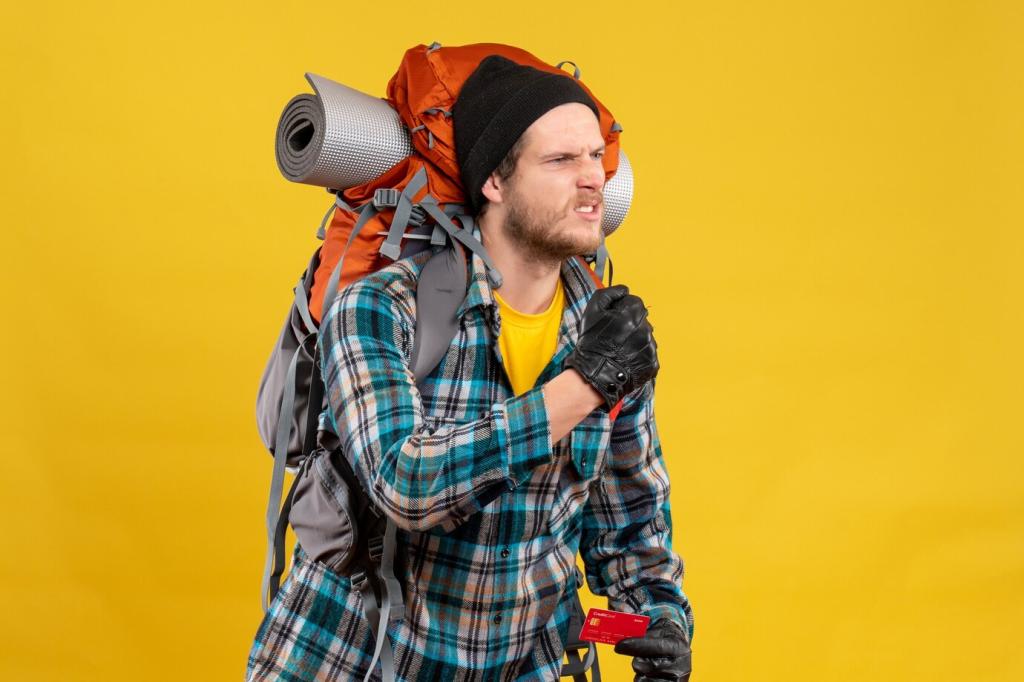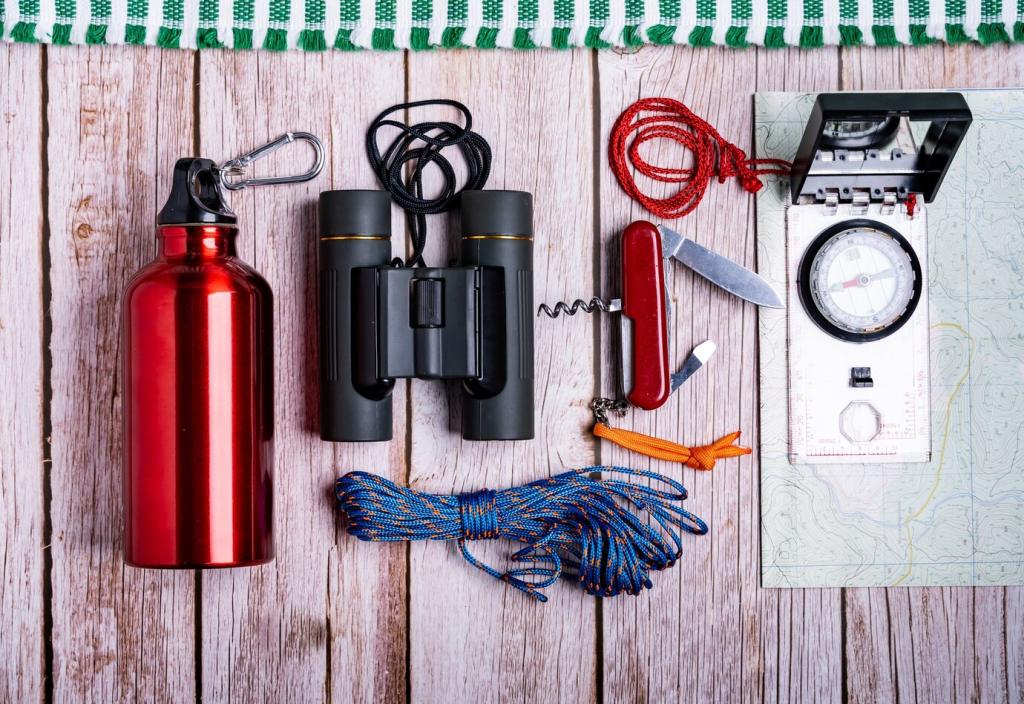Master the Layering System
In deep cold, sweat is a stealthy enemy. Choose merino or advanced synthetics that move moisture away from skin, reducing chills during rest stops. Readers often report merino keeps them comfortable through long ascents; tell us your go-to fabric and why it works for you.
Master the Layering System
Carry a dependable midlayer—grid fleece or active insulation—and a lofty belay jacket for breaks. Down shines in dry cold, while synthetic warms when damp. On a blustery pass, a reader’s synthetic puffy saved the day after a spindrift squall soaked their shell; plan your combo thoughtfully.



